#Tongva
Text

Woven Through Generations
Monica Zavala (Gabrielino/Tongva Nation, Acjachemen, and Mexican)
acrylic on canvas. 15” x 30”
When we engage in the art of hair braiding, we infuse it with the purity of our intentions, a gesture that takes on profound significance when it's the tresses of a beloved individual we weave. The act of braiding becomes a powerful symbol, as we intertwine three sections of hair, each one representing the mind, the body, and the spirit.
In my youth, my mother would lovingly braid my hair, creating cherished moments that have left an indelible mark on my heart. As the passage of time bestows maturity, I find myself continuing this timeless tradition by tenderly braiding her hair. In this cycle, we bridge the generations, preserving this beautiful connection that transcends both time and space. The hands that perform this act of love and tradition are mine, as I braid my mother's hair, perpetuating the legacy of our shared bond.
167 notes
·
View notes
Text


A day at Mangette after dropping my partner off at the airport.
10 notes
·
View notes
Text
Indigenous People's Day
I am an immigrant to the land of the Tongva, aka the Gabrieleno Band of Mission Indians.
Californians know this area as Los Angeles County, Orange County and the Channel Islands.
There's many photos and videos teaching and sharing their history and traditions on the website linked above. Here's one.
youtube
17 notes
·
View notes
Photo


Visited the Kuruvungna Village Springs recently! Really beautiful site.
[ID: Two image photo set of drawings set at the Kuruvungna Village Springs.
1) A pond surrounded by green shrubs and grasses. Behind it is a pink-trunked willow tree, lush with bright green, draping leaves. Drawn in marker.
2) A traditional Tongva home (kish) made with willow and yellow bulrush, surrounded by shrubs and palm trees. Behind it are a green, broad-leafed tree and a telephone in the distance. Drawn in marker.
End ID]
#sketch#sketchbook#tongva#kish#kiitcha#marker#willow tree#pond#Kuruvungna Village Springs#Kuruvungna#traditional art
29 notes
·
View notes
Text

My favorite place in LA ⛩️
#photography#my photos#photographers on tumblr#Los Angeles#LA#Los#Korean friendship bell#SoCal#⛩️#🔔#san pedro#landscape photography#architecture#the usual suspects#tongva
14 notes
·
View notes
Text
And now for something a little different:

(Yes, this is what I’ve been working on for the past while.)
For context:
The story of the Golden River—’Onochok in Kochachi, Kingawa in Nikkeijin Japanese—with its five rivers, its seven great cities, its many-buttressed buildings and sacred isles—is a complex one, as is the story of the Nikkei-jin, the Japanese settlers who became the greatest rivals of the people of the Bay. But they are not alone, in the story of this continent. Nor can what happened to them truly be divorced from events elsewhere in the known world.
The continent of HESPERIA lacks much in the way of domesticable animals, but there was one key exception—camelops celeris, which the Bay would call ’espeli (plural ’espelik) but most of the world would come to call nayoomee. Large and llama-like, the nayoomee would provide meat, wool, and perhaps most importantly a suitable mount. Camelops c. occidentalis, the variant found on the western coast of Hesperia, would come to be used by the ancient Hokan pastoral peoples, giving them an edge against the Yok-Utian agriculturalists…at least at first. It would also give the ancient Inawemaaganic [Algonquian] tribes on what another history would call the Columbia Plateau a key boost in their expansions across the continent to the west.
It is with these people—or with a descendant people, the Nnu [Mi’kmaq]—that the next stage of the story takes place. Because in the year 1000, a ship came from the northeast of the world, bearing warriors from a faraway land, a strange faith, strange new animals—and strange diseases. Smallpox in particular did a lot of damage—tore the Wóšnathípi Empire to pieces, ended the cult of the Bird-Men, nearly destroyed the power of the Turtle Cities of the Great Lakes, and left piles of burning corpses brightening the night in the Bay, among other effects. Key to all this, though, is that the people of the urban civilizations of Hesperia survived. And those who did now had a boost against the sicknesses of the Other World.
The story continues in 1251, when a group of Tau raiders—whom another history would call the Inuit—made their way across the Strait and traded with Japan and China. North China, anyway; the Mongol Conquest was still ongoing at the time. Unfortunately, the Tau brought a disease of their own with them, which English speakers would come to call alcom: a herpesvirus causing diarrhea, spots, and febrile seizures, and then, as little as four months or as much as five years later, inflammation of the body—including fatal encephalitis. It was this sickness, also called the Red Death, which among other things stopped the Yuan from getting all the way south, saved the city of Baghdad (by forcing a recall of the armies), ensured the presence of Christian kingdoms in Palestine and Muslim principates in Iberia for centuries to come, and meant that the population had already dropped by a full fifth across Eurasia when bubonic plague came along not too long later.
It would be a much more haggard, somewhat more fervent, world which was set to unite in 1485, when Kuroda Kiyoshi, frustrated at the Mongol omnipotence in trade, was granted permission by the Emperor Go-Tenji (Yamahito) to seek an alternative trade route with the faraway land of Europe. After being at sea for thirty-nine days, on the fortieth they came to a great bay, filled with sacred islands and surrounded by cities of stone and mud.
In keeping with a time-honoured tradition across the multiverse, he deemed it France.
***
Hesperia will have had three and a half thousand years of recognizable “civilization” (large-scale agriculture, cities, literacy, metallurgy, epidemic disease, war) by the time the worlds collide. The countless cultures to have risen and fallen in that time could fill a book—and in this world and ours they already have. But for simplicity’s sake, let us divide the world into six portions.
KAWIINI, the “centre-world”, marks the western coast of the continent, along the edge of the Assinotie Mountains (which another history would call the Rockies). This is where the nayoomee was first domesticated; this is where tule reed was first stamped into paper scrolls; this is where the first outbreak of alcom occurred; this is where one of the continent’s three major religions, HOYOHHA, would develop. The region of Lokloni, the “Great Valley”, contains four great powers constantly one-upping each other in trade and warfare. The KOCHACHI, whom another history would call the Miwoks, hold sway here, the Earth-King and Water-King in Hulpu-Mni (our Sacramento) controlling the massive river valley to the north and (more importantly) four of the Seven Cities around the Bay. The other powers worth mentioning are the SHUURVITAM [Tongva and nearby Takic peoples] to the south, whose great city of Iyáanga would later be described as a “Babylon in Paradise”, and the TAU, Hesperia’s first intercontinental empire.
TUUWAQATSI is slightly to the east, in the Assinoti Mountains themselves. Cliff-cities were being built here before almost anywhere else on the continent; the arrival of the nayoomee, and more importantly domesticated bighorn sheep, did wonders for the local economy, as did goosefoot and sunflowers and, later, maize, beans, and squash. Currently most of the land—and a good chunk of the plains to the east—is under the control of the TINTA IMPERIUM, whose dominant inhabitants call themselves the Nemi and are called the Shoshone in our timeline. Of mention are the DINÉ, the Navajo, who have maintained a reasonable presence despite the efforts of the Eight Mayors, and the ÂSHINI [Zuñi] and HOPI, both of whom are considered de facto independent peoples within the Tinta Imperium thanks to the prominence of their cities.
ÑÍTA is what our world would call the Mississippi River Basin, with much territory on the eastern coast and the western plains; perhaps it would be fairer to call it the home of the Mississippian Cultures instead. Here grow sunflowers and goosefoots, amaranth and squash; here a species of dwarf bison was domesticated for meat and wool, becoming immensely valuable; here rose the cult of the Bird-Men, in recent centuries overthrown. Currently the ancient city of Omašté, ruled as ever by the ancient WAPKÁTXUNGWANG (called the Lakota in our own timeline), has recovered most of its former territories after the Scabbing (smallpox epidemic). But further to the south the OKLA (Choctaw) have begun spreading their own faith, HVSHI ANOWA, along with their Horsemen, uniting the Riverlands by something other than mercantile cunning or brute strength. Ugedaliyv, homeland of the ANIYVWIYA’I [Cherokee], has broken away, seemingly for good—so long as the Ongweh’onweh (Iroquois) don’t make a move in their direction. And as always, there are the SEA COUNTRIES: Aphópkee, Hótvlee-Tv’lwv, Chitkohòki, and Kuht’hanut, caught between too many powers and just wanting a relatively quiet life.
AKIIWAN is actually a ridiculously large region, from the Atlantic to the Arctic, and almost all of it is Cree. NĒHIRAW, that is; they are perhaps the oldest continuous INAWEMAAGANIC culture, keeping to their ancestral patterns of semi-nomadic migration from buried city to buried city, all across the northern grasslands and into the taiga. But although the largest, they’re by no means considered the most influential. No, that would be the circuits of GAMEEN, the land around the five Great Lakes which would come to be known as Gameen in time. The BII’WEG, our Ojibwe or Anishinaabeg, were the first to domesticate lake rice, and the first to smelt arsenic bronze, and the second to adopt ironworking. Their main religion, NANDOWIN, has spread far across the continent; most of the Nēhiraw have synchronized to it, and even the arrival of the Vinlanders couldn’t stop the NNU from seeking the Answers they wanted. The VINLANDERS themselves have all but fully integrated into Nnu society; both their language and that of the Nnu are spoken equally at the great Althing in Kyrvik/Welta’qase’g (and most places have two names, too). Their trading (and raiding) empire stretches as far north as Nucho, Baffin Island in another time, and as far south as the Bawa Sea. And they’ve come at last to an uneasy truce with the Bii’weg, at least until the whole mess with the ONGWEH’ONWEH [Haudenosaunee] is sorted out.
The tropical BAWA SEA has long been dominated by the TAÍNO, whose ship-building has moved from dugout canoes to junk-like ships with cotton sails and mahogany hulls. The cacicazgos of the four main islands have a strict policy of peace on land. …and technically on water, too, but normally they just end up hiring Huasteca, Carib, Tupi, Okla, or Vinlandic pirates to capture each others’ ships. Captured Taíno are ransomed; captured pirates are sold, or brought back to work on plantations. For the Taíno, thanks to the Tupi, are now Hesperia’s main source of KYE, an extract of stevia rebaudiana up to 300 times sweeter than sugar. People in the north will pay a small fortune for the chance at even a taste; it is small wonder that when Malinese explorers come this way, they will name it the Digeji—the Sea of Honey.
ANAHUAC is a world of its own. The NAHUA peoples made their way south some time ago, riding nayoomee and herding peccaries through the desert and introducing steeds and sickness alike to the various civilizations to the south while pinching the secret of bronze from the Purépecha. These days, the Nahua—or more precisely the MEXICA—rule a decent chunk of the country that would in another world (and another time) be called Mexico, under three great kings on their island city of Nopalla. The only real contenders are the ZAPOTECS and MIXTECS, who remain among the few places the Mexica have not been able to bring under tributary sway, and the MAYA, disparate jungle city-states who survived the plagues and general collapse and have begun trading chocolate and jade with the Taíno to the north and the Tupi to the south. The Mexica are known historically for their logistics, nayoomee being excellent tools for message delivery, but in the past few decades the capture of human sacrifices has been getting a little too much for subject people who can’t understand why they don’t just eat their giant dogs instead. Still, it’s not all bad; perhaps it just needs some shaking up…
#alternate history#Kingawa#aboriginals#first nations#canada#california#maps#indigenous people#for want of a nail#you know how many languages I’ve been having to learn for this thing?#the answer is both so many and too few#anyone have a decent Lakota grammar they can suggest#aztecs#ojibwa#vinland saga#miwok#Tongva#lakota#more work to do
7 notes
·
View notes
Photo
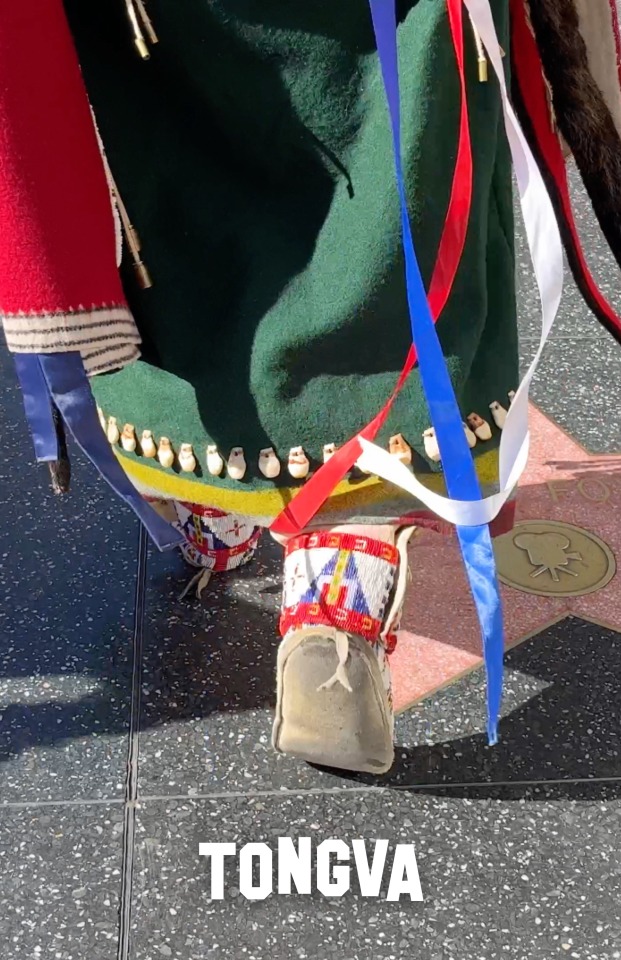
Tongva
2023
#tongva#cinema guerrilla#music#music video#the dear hunter#max tousseau#spotify#emo#punk#rock#album#hollywood#los angeles#california#decolonize
2 notes
·
View notes
Text
I live on stolen Tongva land. The Tongva are a tribe without a home. The government stole 100% of their land, and since they don’t have any land — the government won’t recognize them as a tribe.
They now finally have one acre they can call home, to perform their ceremonies on.
3,500 years ago Uto-Aztecan-speaking peoples moved into coastal Southern California. These migrants either absorbed or pushed out the earlier Hokan-speaking inhabitants. These people became known as the Tongva tribe. The Tongva lived in about 100 villages throughout the greater Los Angeles County area and the islands off the coast. (Each village often had its own language.)
First European contact (by sea) was in 1542 by Spanish explorer Juan Rodriguez Cabrillo.
The Gaspar de Portolá land expedition in 1769 resulted in the founding of Mission San Gabriel by Christian missionary Junipero Serra in 1771. The Tongva then became known as the Gabrieleños, when they were enslaved by the missions to work for them.
In 1821, Mexico gained its independence from Spain. They sold the mission lands, known as ranchos, to elite ranchers and forced the Tongva to assimilate. Most became landless refugees during this time.
In 1848, California was ceded to the United States following the Mexican-American War.
And now finally…. the Tongva have one-acre back.
4 notes
·
View notes
Quote
I was born from a spring of water; I slipped right out of the ground. I am not comparing myself to Creator; I am only saying I am made of water; I am only saying I flow to the sea.
Megan Dorame, “Papaavetam / Water People”
6 notes
·
View notes
Text
A Sparkling Gem All Can Enjoy: The Uniqueness of "City of Ghosts"

On March 5, City of Ghosts, an animated series created by Elizabeth Ito, formerly a supervising director of Adventure Time, premiered on Netflix. This series was positively received for its pacing, humor, voice cast, and animation style. Even though it has been over a month since it premiered, the show continues to be relevant, tackling topics which expose uncomfortable truths about our society.
Reprinted from The Geekiary, my History Hermann WordPress blog, and Wayback Machine. This was second article I wrote for The Geekiary. It was originally published on May 26, 2021.
Set in Los Angeles, City of Ghosts is about four kids who are part of the Ghost Club: Zelda, Thomas, Eva, and Peter. All four travel across the city, interviewing ghosts about their lives, adding the recordings to something called the "Ectopedia." Beginning in the first episode, the Ghost Club meets at a branch of the Los Angeles Public Library, sitting under a table, discussing how to find the ghosts.
Each episode focuses on a part of Los Angeles not often talked about, part of what Wired calls a "multicultural mélange." This includes Jo, a Filipina chef who owns a café in Boyle Heights, Sonya, the owner of a vegan café who teaches children poetry in the evenings, and Yulissa, a teacher at a music school who is trying to teacher her kids Oaxacan music. The show, which is for those age 5 and up, proposes a new way of thinking about history, ethnicity, and cities, while remaining educational in an engaging way.
The series tackles cultural appropriation, gentrification, discrimination, and historical erasure, while remaining what some call a "lovely…vision for children’s entertainment" and a "gentle love letter" to L.A. itself. For example, in the third and fourth episodes, the Ghost Club learns about Leimert Park and the Indigenous people of L.A., the Tongva. In the latter case, there is discussion of colonization, extraction, development, and language erasure by White settlers of areas where the Tongva lived. The Ghost Club then expands their map of the city to include all the Indigenous names, while Jasper (voiced by Honor Calderon) connects with the land and their heritage, learning to speak Tonga in the process. Other episodes focus on skateboard culture, the horrors of Japanese incarceration in World War II, a marionette puppet theater, and a whistling ghost who speaks in Zapotec.
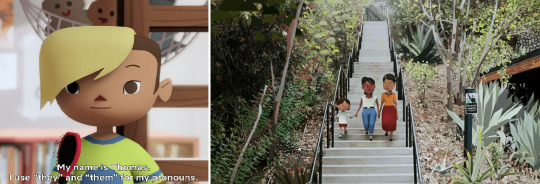
This "warm and huggable" series has subtle, but significant, LGBTQ representation. In the beginning of the second episode, Thomas, the artifact specialist of the Ghost Club, voiced by Blue Chapman, a transgender child actor, says they use they/them pronouns. In an interview with Vulture, Ito confirmed that Thomas is non-binary, saying she hoped to expand their story more in the future. She expressed her joy that Netflix was fine with Thomas being non-binary. She also revealed that some dialogue in the first episode were re-recorded so that fellow actors would be using the right pronouns for Thomas. Additionally, in the fourth episode, Jasper is shown with two moms.
Despite the diverse storytelling in this unique series, Ito has hinted that the show will not come back for a second season. She has written that people should not get their "hopes up for more City of Ghosts," and that her "well of motivation is running low." Even so, there has been calls on social media platforms, like Twitter, for the series to return, something which Ito supports. Whether Netflix picks up the series for a second season or not, it remains a sparkling gem that all can enjoy.
© 2021-2023 Burkely Hermann. All rights reserved.
#city of ghosts#elizabeth ito#adventure time#los angeles#oaxacan#filipinas#wired#cultural appropriation#gentrification#discrimination#historical erasure#children's animation#children's entertainment#tongva#japan#japanese incarceration#puppets#White settlers#indigenous people
6 notes
·
View notes
Text
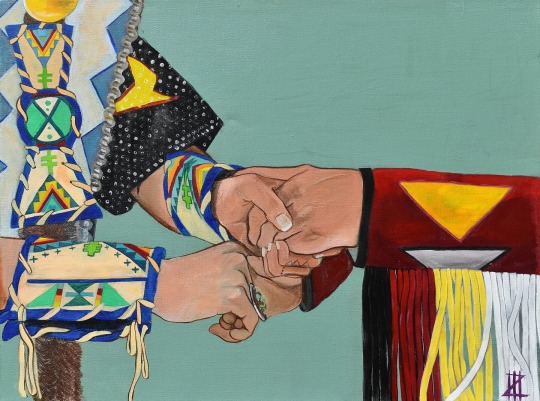
Come and Get Your Love
Monica Zavala (Gabrielino/Tongva Nation, Acjachemen, and Mexican)
acrylic on canvas. 18” x 24”
At vibrant gatherings like Pow Wows, the mesmerizing 2-step dance often takes center stage. In this enchanting dance, partners intertwine their arms and hands, moving in perfect harmony as they follow the lead, creating an expansive chain of synchronized movements. The elegance of this dance is embodied by the graceful couple, Kiara Love Flores, representing the Kuupangaxwichem and Northern Ute heritage, and Mi’de Xxavier McKay Woon-A-Tai, a proud member of the Oji-Cree tribe. Their skilled hands and passionate spirits bring the 2-step to life, weaving a captivating tale of unity and tradition on the dance floor.
97 notes
·
View notes
Text

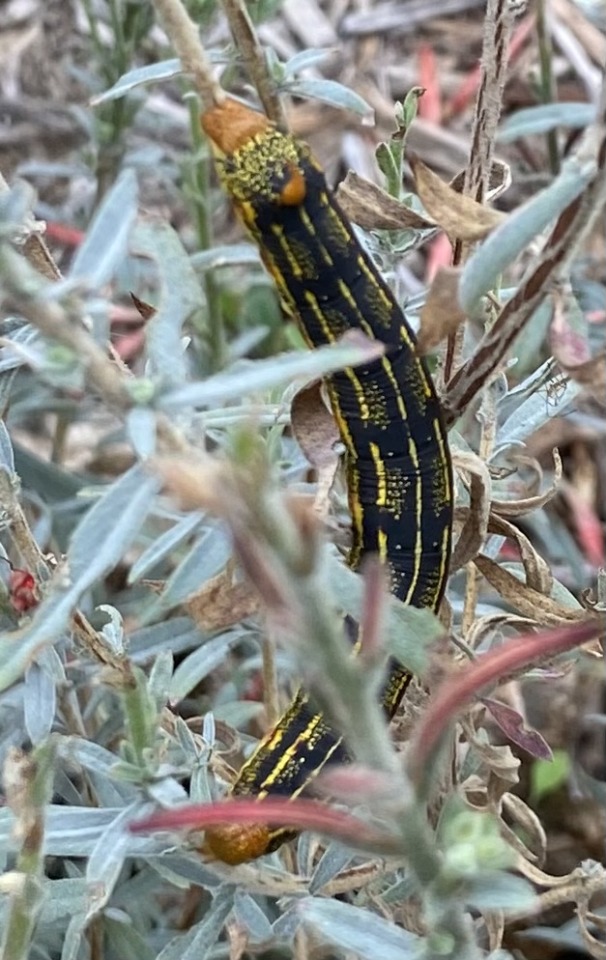


Some friends from today in the #sepulvedabasinwildlifereserve in #losangeles. The caterpillars are Hyles lineata, aka white-lined sphinx moth (Google them, they’re pretty cool). All said we counted more than 12 in and amongst two California fuchsia. Can’t say for certain, but I’m thinking these hungry lil guys have chomped all the flowers and tipped the ends of the stems.
1 note
·
View note
Text

Happy Valentine’s Day ♥️
1 note
·
View note
Text
Homestuck CSAU memes to forget the Glasgow Willy Wonka experience
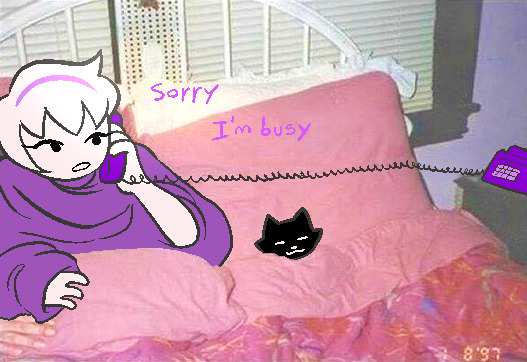
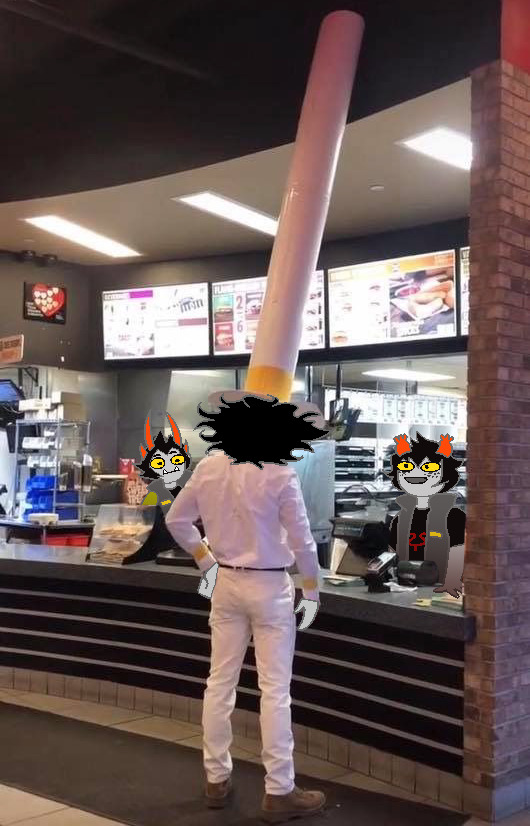
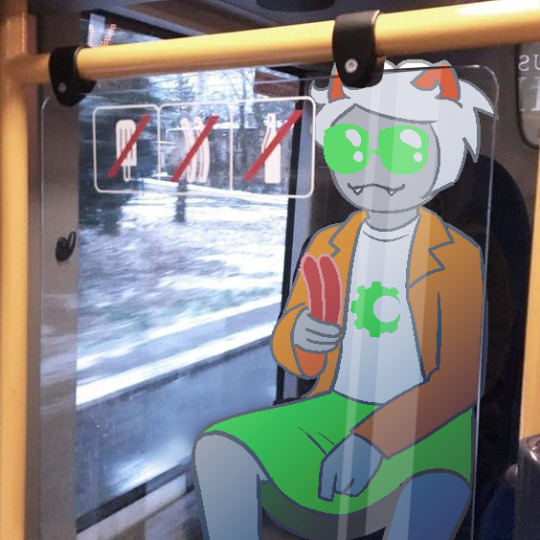
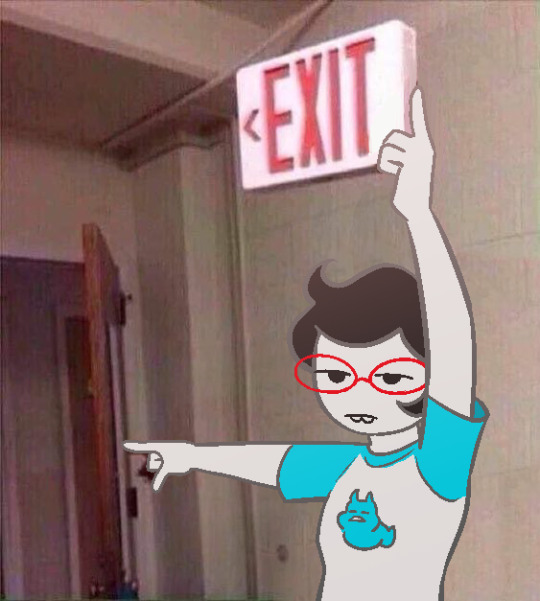
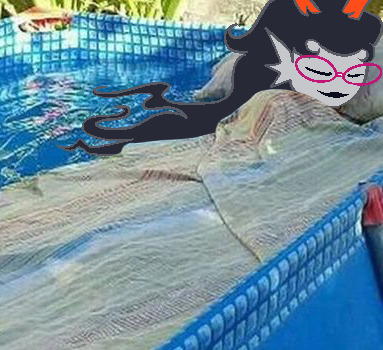
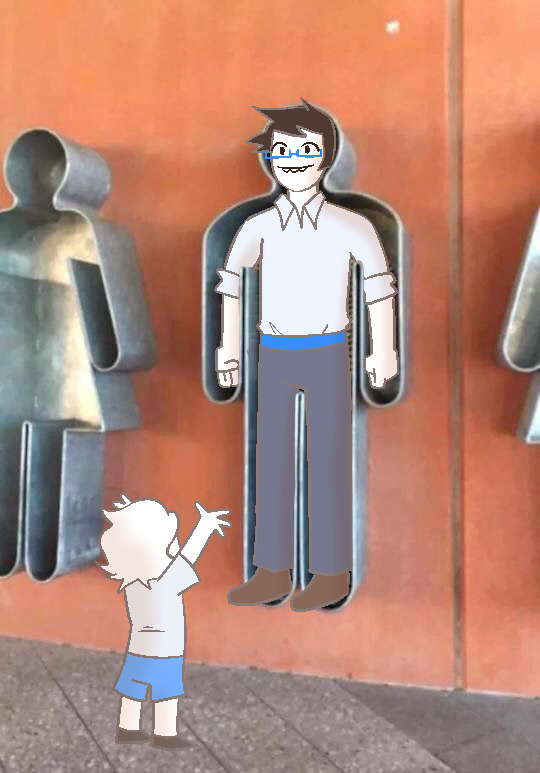
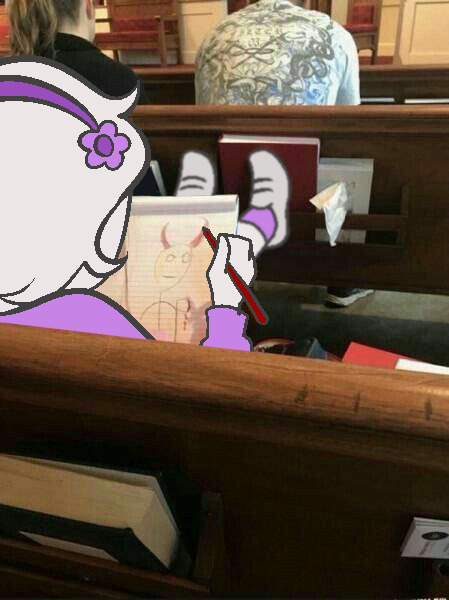
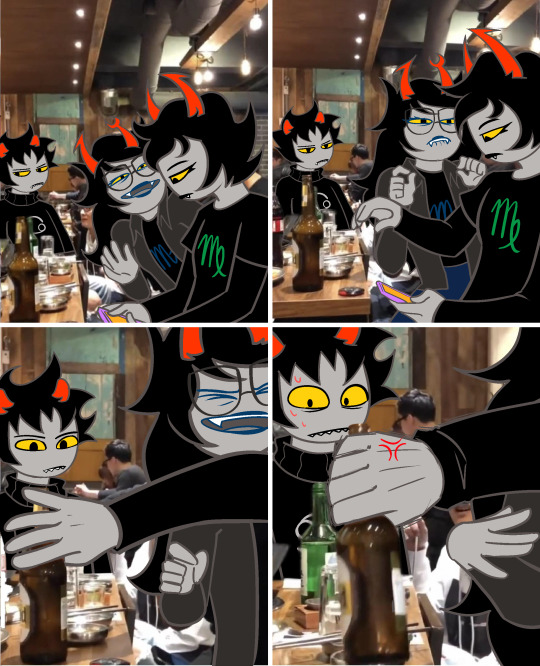
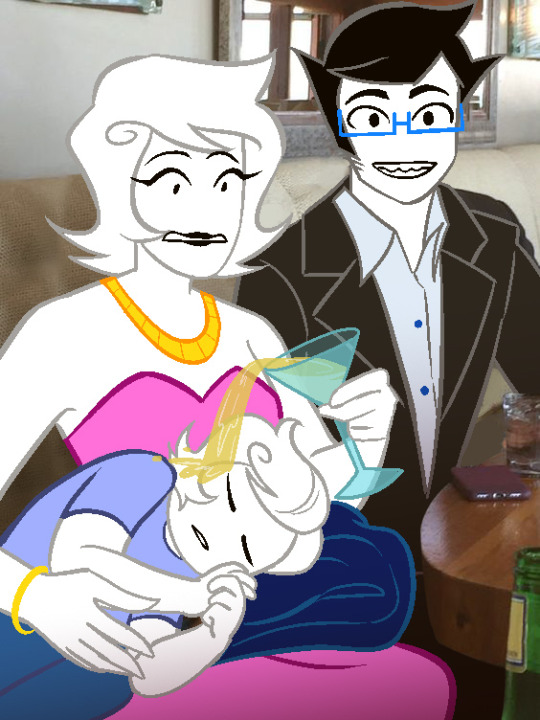





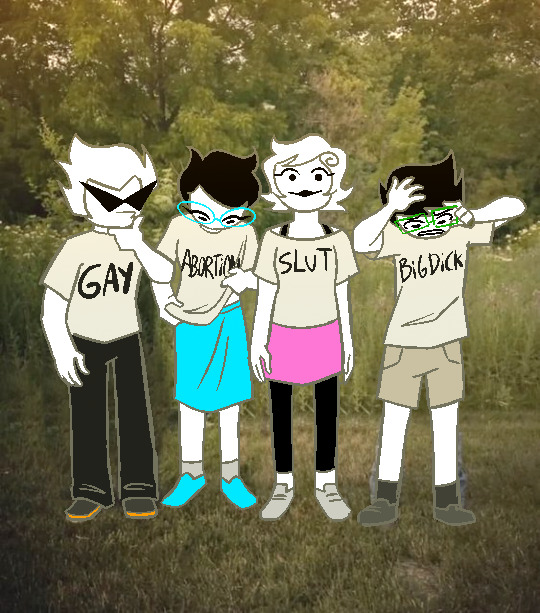
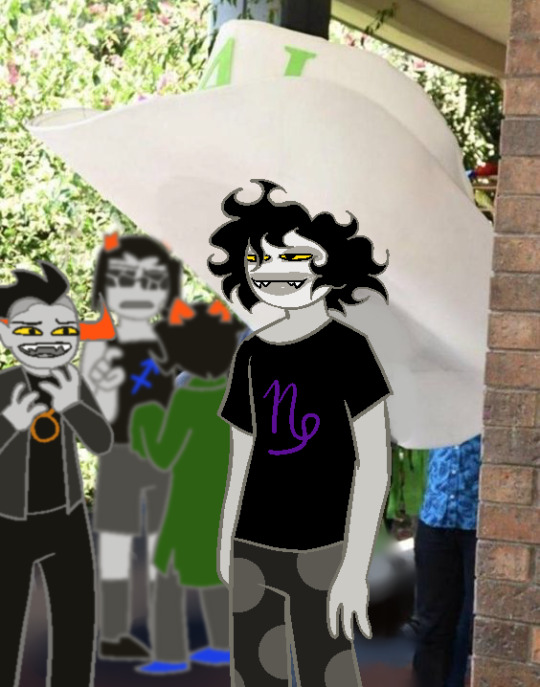
<== Previous homestuck memes
<==More previous homestuck memes
<==Even more
<==Damn, even more
<==More memes 4 u
<==They just keep coming bro
<== Fresh memes
==> I'm a f*cking liar, i won't let you forget the Glasgow willy Wonka thing
#csau extra#homestuck#homestuck au#homestuck memes#csau memes#john egbert#dave strider#crow strider#rose lalonde#roxy lalonde#harry anderson egbert#vriska serket#vrissy maryam lalonde#tavros nitram#gamzee makara#jane crocker#jake english#dirk strider#jade harley#kanaya maryam#davepeta#davepetasprite#diemen xicali#zebede tongva#hs
1K notes
·
View notes
Text
“This is our one home,” said Proudfit. “There is no other homeland or mother country. This is it for us. When people ask, ‘What do Native people want?’ It's not equity. It's land. It's our homes. That means everything to us.”
1 note
·
View note
Text
No Enclave -- Tongva Los Angeles
No Enclave — Tongva Los Angeles
INTRODUCTION
The Tongva are a people indigenous to the American Southwest. When the European conquest of that region began, they were the dominant people in what came to be known as the Los Angeles Basin. At that time, their realm spanned more than 3,000 square kilometers of land and sea. For over 1,000 years, had they lived in some 100 villages spread across the coastal plain of Los Angeles…

View On WordPress
0 notes